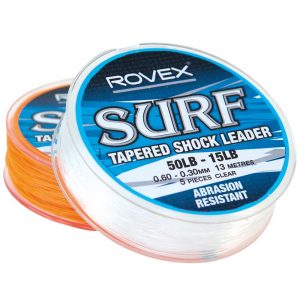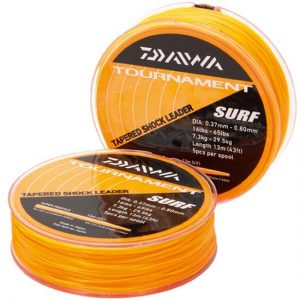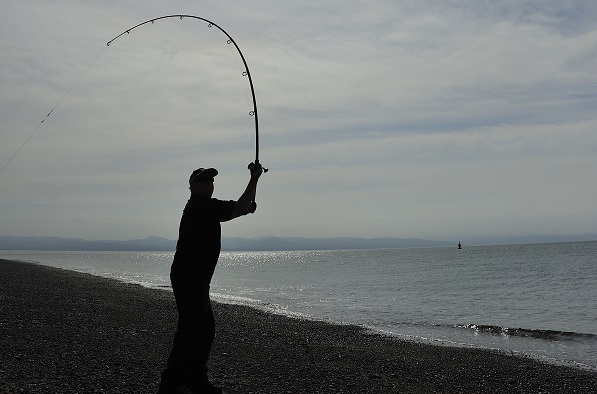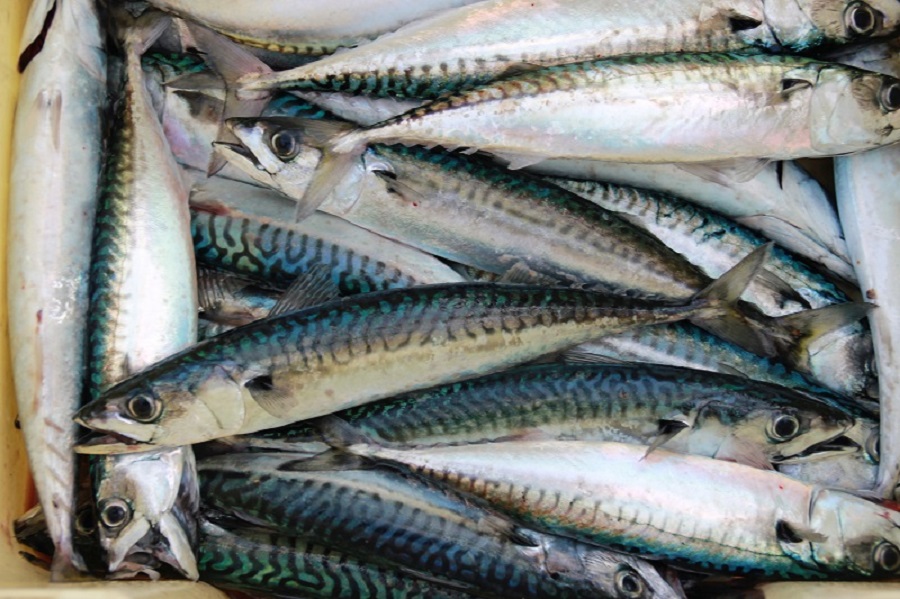Shore angling can be nothing short of a minefield for budding sea anglers trying to understand the laws and logic of why we must fish with shockleaders. Way back in the 1960s it was simple because the vast majority of sea anglers used 18lb mono straight through without any undue problems. Shockleaders were for tournament casters. Back then if there was a crackoff the sinker sailed harmlessly out to sea because the angler was using the overhead thump. What has changed? Casting has moved on, so much so that power-casting styles generate massive loads on our gear. Shockleaders became essential when pendulum and South African styles, along with backcasting, started to make their presence felt. A 5oz sinker travelling at around 100mph can cause serious damage if it breaks loose.
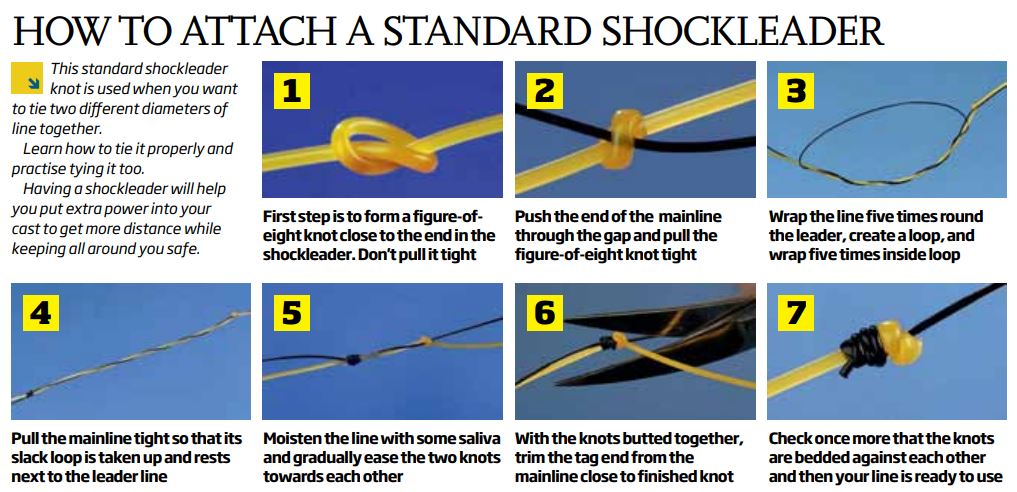
There is no doubt that shore anglers who use any type of power cast need an adequate shockleader. The actual strength of the leader will depend on the stiffness of the rod, casting style and your own physical strength. As a rough guide use 10lb of mono for every ounce of weight cast, plus another 10lb to increase the safety level. If you are casting a 5oz sinker that would be 5 x 10 = 50lb, plus 10lb raising the actual leader strength to 60lb. This would be the safe minimum, but some anglers use even heavier breaking strains.
BIG KNOTS ATTRACT WEED
When pendulum casting with a powerful rod, like a Daiwa or Penn, we recommend something like Drennan’s Greased Weasel for one very good reason; it ties an exceptionally small knot especially when using a Bimini twist, and it really pulls down tight on itself. There are numerous brands of shockleader available but many will leave a large untidy blob of a knot, so try a range of brands and find one that works for you. The reason we don’t like big chunky knots is because they are like a magnet to weed pushed over the line by the tide. A weed smothered knot jammed in the top ring of your rod could lead to a lost fish when you try to clear the blockage.
High visibility leaders in orange or yellow are favoured on the casting field so that a crack-off stands out and can be picked up, but on the beach we plump for grey or clear line, especially in calm daylight conditions. Another bone of contention is the length of the leader. It is recommended that you have at least six turns of the leader on the spool, but we always recommend at least a dozen turns; this gives the option of re-tying the leader knot while still leaving plenty on the spool for security.
- SHAKESPEARE BETA SHOCK LEADER
- ROVEX SURF TAPERED SHOCK LEADER
- DAIWA TOURNAMENT TAPERED SHOCK LEADERS
With longer rods becoming popular, anglers have the option of using a tapered leader which is ideal for fishing over clean ground. All the major brands offer tapered leaders, but some anglers have turned their attention to the ones that have been developed for carp fishing. The long, all through, soft action Continental-type rods lend themselves to overhead casting styles, which means you need less power to launch the lead weight and can actually reduce the strength of the leader. This can be important during calm clear conditions when fishing is harder and the fish are more suspicious. Lighter leaders from 15-45lb for a 12ft, all through, soft-action rod provide a well balanced set up. These are a great bit of kit when using shorter rods, but be warned, at just 10 yards it is too short to use with the longer 5m Continental rods, especially if the reel is used in the lower position. It may be okay initially, but once you have re-tied the leader knot a couple of times the leader becomes too short, and you don’t have enough heavy line close to the reel, which could result in a crack-off.
WHY DO CRACK OFFS HAPPEN?
Unbalanced tackle is probably the biggest cause of a crack-off. We often here stories of guys power casting with a 50lb shockleader but only use 30lb mono for the trace body. The strength/line diameter of the trace line should always exceed that of your casting shockleader. Tying knots in a trace line to trap swivels instead of using stop knots or crimps is another serious worry. Any knot in your line will considerably weaken it, and these factors must be taken into consideration before wielding a potentially lethal lump of lead on a beach.




